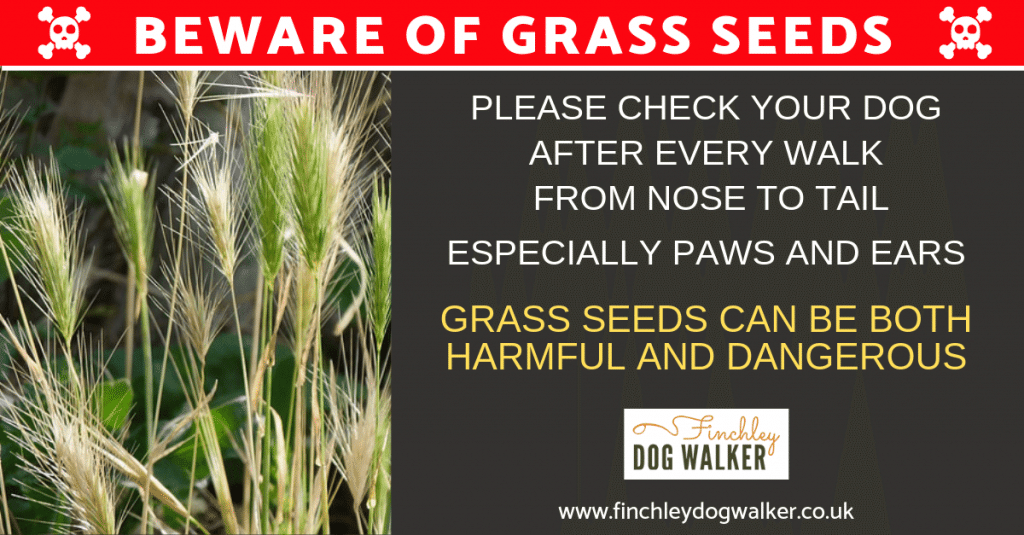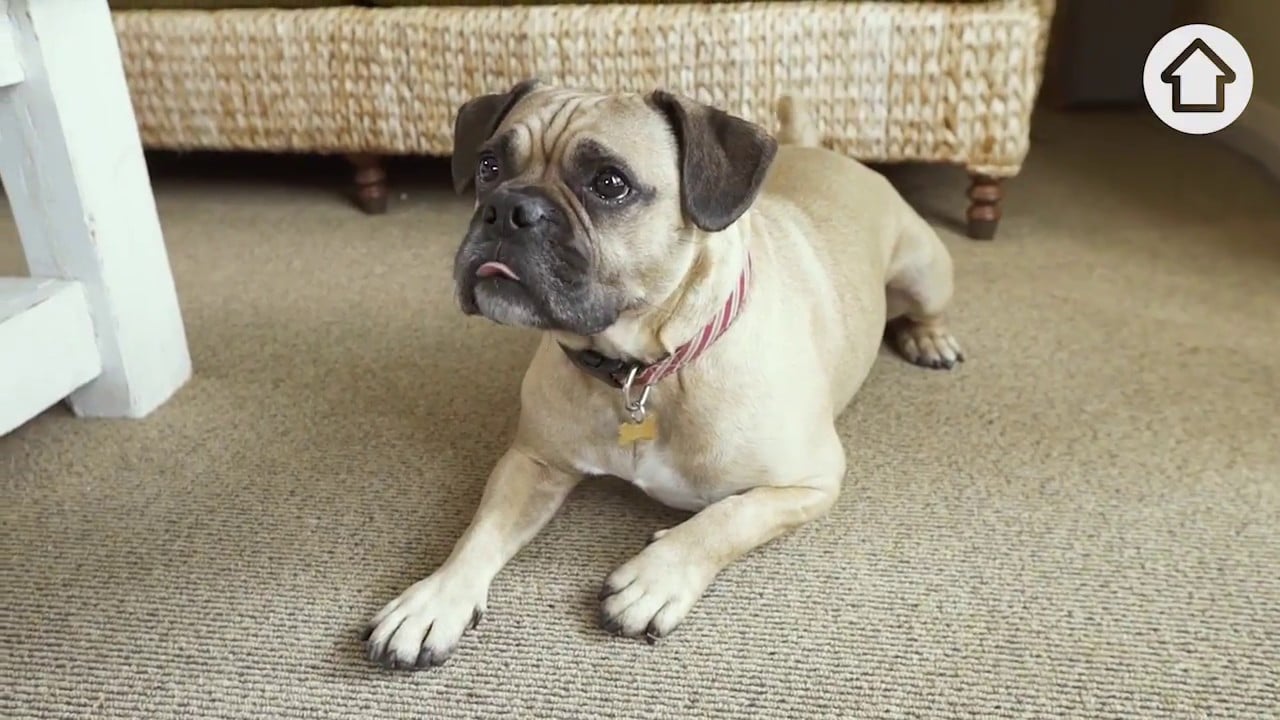
Table of contents
It’s not widely known, but grass seeds create one of the most common summer dangers that pets, particularly dogs, are confronted with during the summer months. The tiny grass seeds easily penetrate the animal’s skin and somehow burrow into the dog’s body. There are usually very few symptoms to show how your dog has been affected other than whining, biting, or skin irritation. As grass seeds are vegetable matter, they further complicate the problem as they do not show up on X-rays leaving it incredibly challenging for your Vet to discover the extent of the problem and to prescribe treatment when necessary.
Why do grass seeds cause such a problem?
The grass seed darts can cause severe problems regularly. In some circumstances, the dog may even need surgery to have them removed. The seeds can enter the skin by burrowing into the deep fur around the feet and toes, get between the eyelids and eye, enter the nose, and in some severe cases, make their way into the dog’s ears, resulting in the risk of infection, inflammation and severe pain.
What to look out for.
Several species of grass can cause a hazard, but the two most common species in the UK are Barren Brome and Wall Barley. The grass seeds appear as tiny darts, with bristle, arrow-like structures that will latch on easily, while the arrow-shaped point of the seed makes it effortless to enter the skin quite deeply.
Preventing problems caused by grass seeds
Contact with grass seeds is difficult to prevent, but you can take some precautions. Avoid walking your dog through long grass where possible, sticking to cut grass locations, and keeping your lawn at home short too. Keep your pet’s hair trimmed and groomed, paying attention to areas around the under front legs, ears and paws. Try to inspect your dog for grass seed contagion after daily walks, paying attention to your dog’s behaviour. If you spot him scratching or chewing at his skin, there is a chance he has a grass seed embedded.
Symptoms to look out for:
Skin
Your dog will probably attempt to dislodge the grass seed by chewing or licking at the entry site, where the skin may bleed, have pus or appear swollen. Surgery may be the only way to remove the awn of the seed from the skin.
Feet
Look for signs of the dog chewing the affected area of the foot, or he may limp and try not to walk on it. There may be symptoms of redness and swelling.
Nose
If a seed gets stuck inside the dog’s nose, there may be nasal, bloody discharge, with your canine continually rubbing his nose and sneezing. A seed has the potential to move into the lungs or damage the airways, with the capacity of being life-threatening.
Eyes
The eyes will appear watery, red, inflamed and swollen, while your dog will rub at the eyes due to the irritation. Ongoing problems may result in ulcers or blindness if a seed enters the eye.
Ears
Keep an eye open for your dog to start pawing at his head or the affected ear, often quite soon after a walk. The dog will hold his head to the side as he attempts to shake the seed out of his ear. The investigation will not show you the seed, as it could be embedded inside the ear canal, where it may result in chronic infection and possible rupture of the eardrum.
Lungs and stomach
Your dog may swallow grass seeds if he eats food from the ground contaminated with seeds or even when walking or running through dry grass. A seed can be swallowed and may cause no problems at all, but one may be stuck in the dog’s throat, causing swelling and inflammation. Look out for coughing, vomiting and reluctance to eat.
Prevention tips
To prevent injury from grass seeds, avoid long grass when walking. When you return home after a walk, it’s always wise to check your dog’s paws, ears, lip folds and eyelids for any signs of grass seeds. Keep long-haired dogs and those with long ears well-groomed, paying attention to their ears and feet.
If you suspect this grass seed problem has injured your dog, see a vet immediately. The sooner the problem is detected, the more chance you have of finding the grass seed before it becomes difficult to locate or causes more major issues for your dog. The sooner the grass seed problem is spotted, the quicker it can be dealt with.
PLEASE NOTE THAT TIP TOP DOG SCHOOL OR FINCHLEY DOG WALKER ACCEPT NO RESPONSIBILITY FOR YOUR DOGS HEALTH. THE ABOVE IS ONLY MEANT TO BE HELPFUL ADVICE.
We are not Vets, and this info is not intended, in any way, to take the place of the advice from your VeVetIf you have concerns, please contact your Vet or Vetfophone
Related First Aid For Dog Posts
- First Aid
- First Aid Kits
- Poisoning
- Bees and Wasps
- Cuts and Grazes
- Eye Injuries
- How to help a dog caught in Barbed Wire
- Sticks and dangers
- Dogs and Cars
- Why do dogs eat grass
- Dogs and sunburn
https://www.itv.com/news/london/2023-07-27/menace-plant-which-acts-like-a-plant-making-dogs-ill

